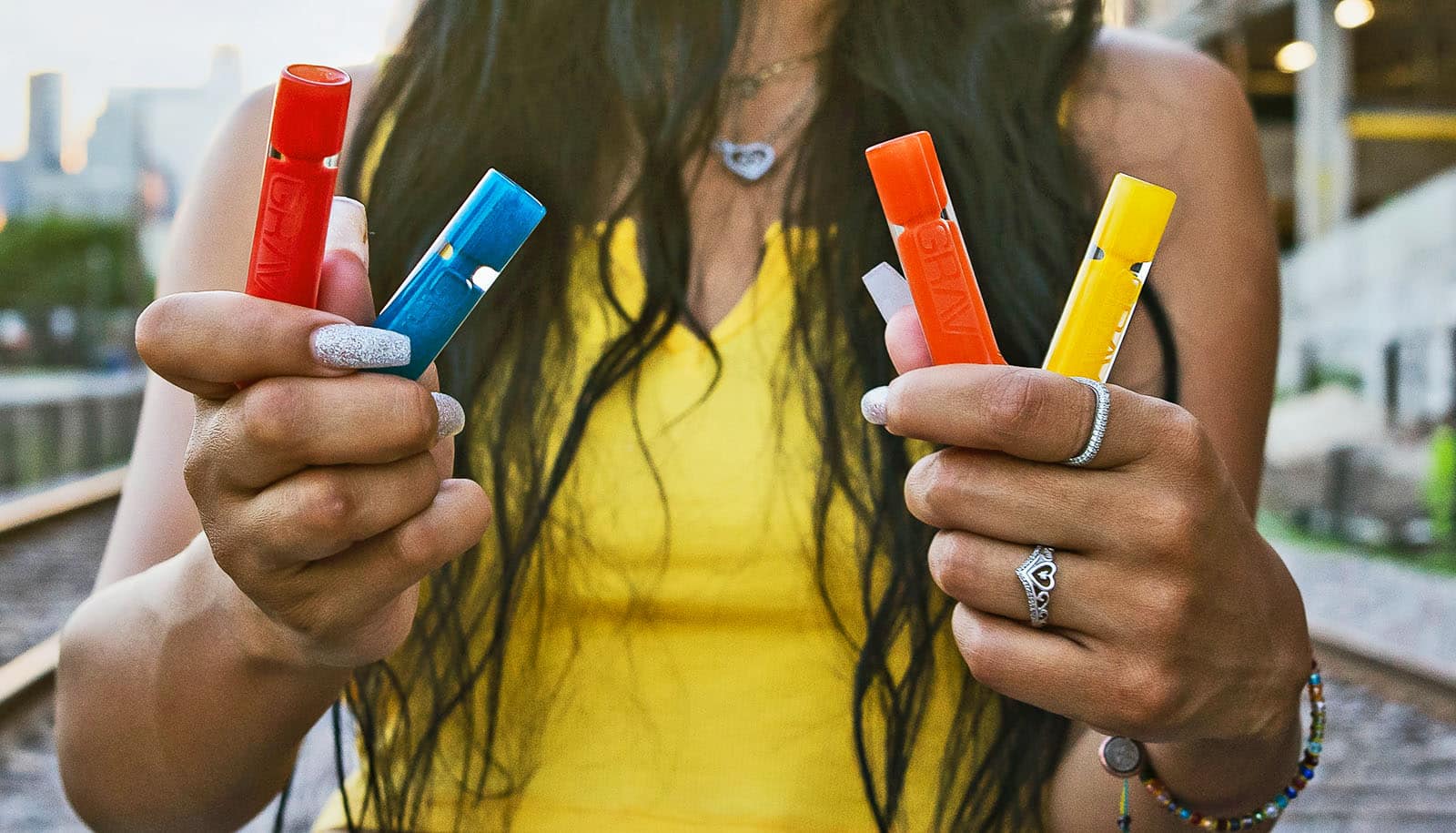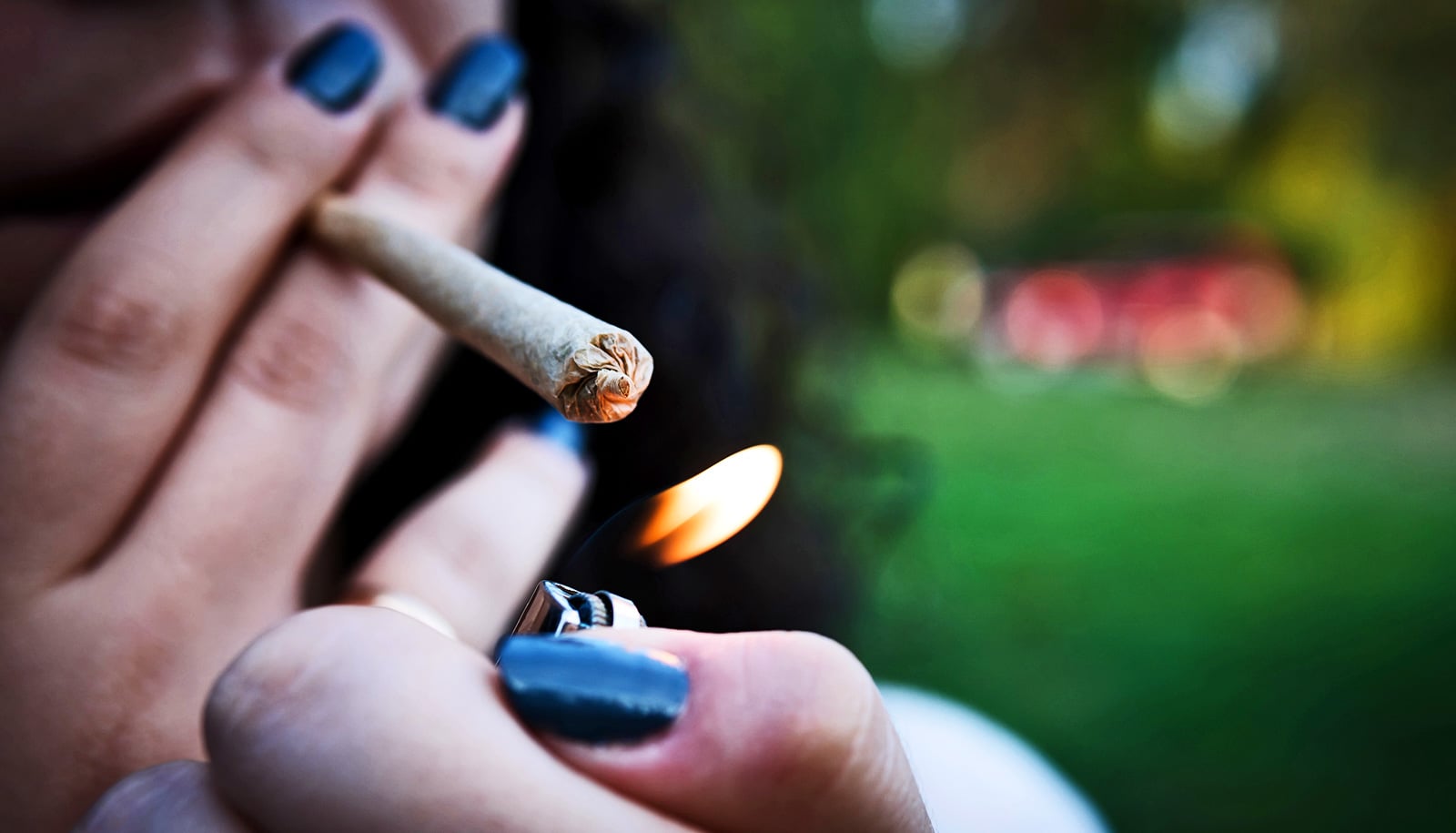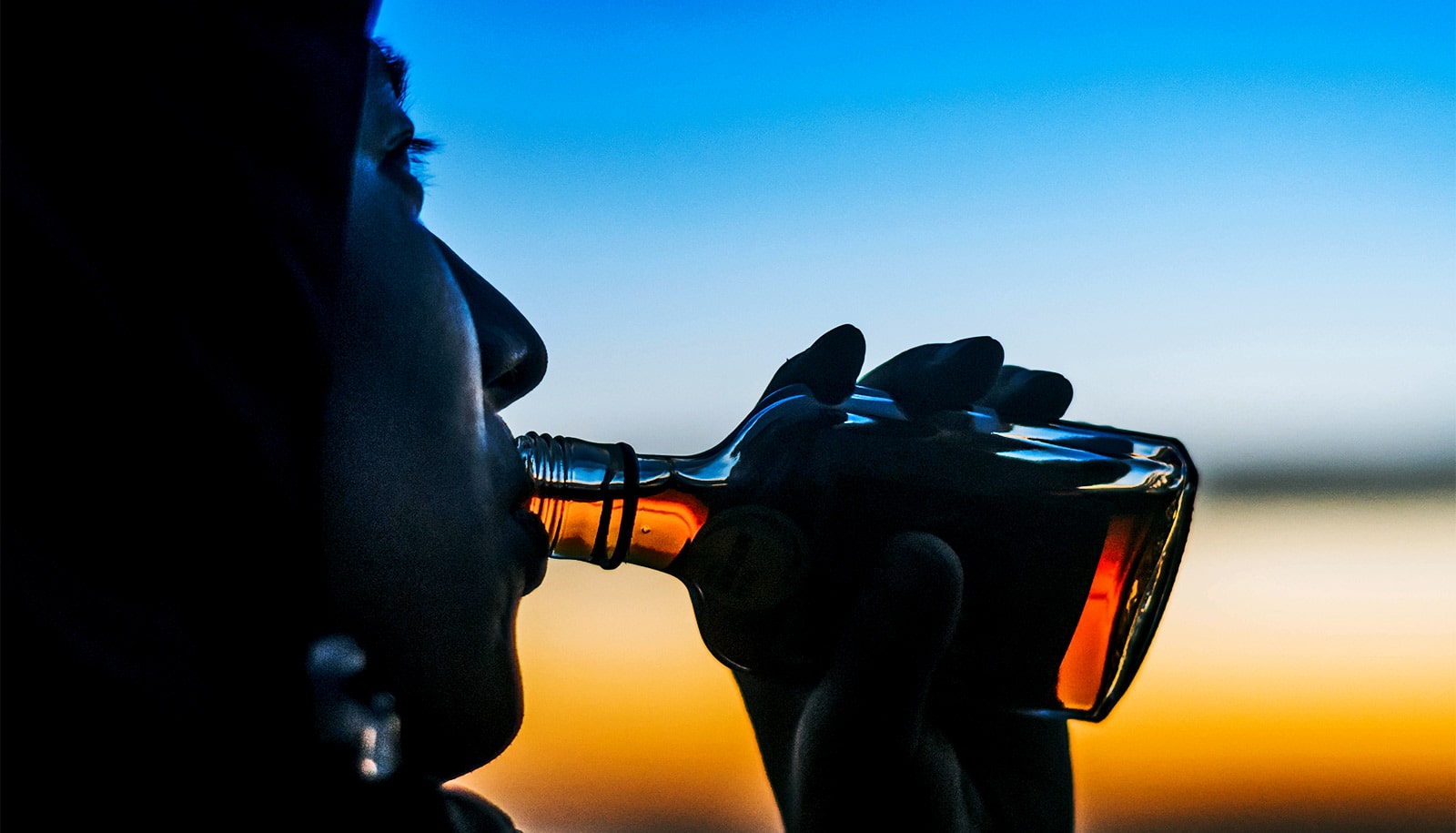In a recent survey, young adults 19-30 years old reported significantly more marijuana and hallucinogen use in 2021 compared to five and 10 years ago, survey results show.
Rates of past-month nicotine vaping, which have been gradually increasing in young adults for the past four years, also continued their general upward trend in 2021, despite leveling off in 2020. Past-month marijuana vaping, which had significantly decreased in 2020, rebounded to pre-pandemic levels in 2021.
Alcohol remains the most used substance among adults in the study, though past-year, past-month, and daily drinking have been decreasing over the past decade. Binge drinking (five or more drinks in a row in the past two weeks) rebounded in 2021 from a historic low in 2020, during the early stages of COVID-19 pandemic.
On the other hand, high-intensity drinking (having 10 or more drinks in a row in the past two weeks) has been steadily increasing over the past decade and in 2021 reached its highest level ever recorded since first measured in 2005.
“One of the best ways we can learn more about drug use and its impact on people is to observe which drugs are appearing, in which populations, for how long, and under which contexts,” says Megan Patrick, a research professor at the University of Michigan’s Institute for Social Research and principal investigator of the Monitoring the Future study.
“Monitoring the Future and similar large-scale surveys on a consistent sample population allow us to assess the effects of ‘natural experiments’ like the pandemic. We can examine how and why drugs are used and highlight critical areas to guide where the research should go next and to inform public health interventions.”
Since 1975, the Monitoring the Future study has annually surveyed substance use behaviors and attitudes among a nationally representative sample of teens. A longitudinal panel study component of MTF conducts follow-up surveys on a subset of these participants to track their drug use through adulthood. Participants self-report their drug use behaviors across three primary time periods—lifetime, past year (12 months) and past month (30 days).
Researchers collected data for the 2021 survey online from April to October 2021. Key findings in the young adult group include:
- Marijuana use: Past-year, past-month, and daily marijuana use (use on 20 or more occasions in the past 30 days) reached the highest levels ever recorded since these trends were first monitored in 1988. Marijuana use in the past month was reported by 29% of young adults in 2021, compared to 21% five years ago (2016) and 17% 10 years ago (2011). Daily marijuana use also significantly increased during these time periods, reported by 11% of young adults in 2021, a significant increase from 8% in 2016 and 6% in 2011.
- Hallucinogen use: Past-year hallucinogen use had been relatively stable over the past few decades until 2020, when reports of use started to increase dramatically. In 2021, 8% of young adults reported past-year hallucinogen use, representing an all-time high since the category was first surveyed in 1988. By comparison, in 2016, 5% of young adults reported past-year hallucinogen use, and in 2011, only 3% reported use. Types of hallucinogens reported by participants included LSD, MDMA, mescaline, peyote, “shrooms” or psilocybin, and PCP. The only hallucinogen measured that significantly decreased in use was MDMA (also called ecstasy or molly), showing statistically significant decreases within one year as well as the past five years—from 5% in both 2016 and 2020 to 3% in 2021.
- Vaping: Nicotine vaping in the past month increased significantly among young adults in 2021, despite leveling off in 2020 during the earlier part of the pandemic. The continued increase in 2021 reflects a general long-term upward trend: In 2021, nicotine vaping prevalence nearly tripled to 16%, compared to 6% in 2017 when the behavior was first recorded. Prevalence of marijuana vaping in the past month among young adults significantly dipped in 2020 but returned to near pre-pandemic levels in 2021. Since 2017, when marijuana vaping was included in the study, past-month prevalence has doubled—from 6% in 2017 to 12% in 2021.
- Alcohol use: Reports of binge drinking by young adults—defined as having five or more drinks in a row in the past two weeks—returned to pre-pandemic levels in 2021 after significantly decreasing in 2020 (32% reported in 2021 vs. 28% in 2020 and 32% in 2019). High-intensity drinking, defined as having 10 or more drinks in a row in the past two weeks, was at its highest level since it was first measured in 2005, reported by 13% of young adults in 2021, compared with 11% in 2005. However, past-month and past-year alcohol use and daily drinking have been on a downward trend in young adults for the past 10 years. For example, in 2021, 66% of young adults reported alcohol use in the past 30 days, a significant decline from 70% recorded in 2016 and 69% in 2011.
The survey also shows significant decreases in past-month cigarette smoking by young adults and non-medical use of opioid medications in the past year (surveyed as “narcotics other than heroin”) compared to 10 years ago. Both substances have been declining steadily in use for the past decade.
“Medical and recreational cannabis laws (37 and 19 states, respectively) have increased availability and lowered or removed legal consequences for cannabis use. This legal change has been accompanied by shifting opinions, with many people believing that cannabis is generally quite safe,” says Kevin Boehnke, a research investigator with Michigan Medicine’s anesthesiology department and the Chronic Pain and Fatigue Research Center.
Boehnke, who studies trends in use of cannabis and psychedelics for pain and other physical and mental health conditions, wasn’t involved in this study.
He notes that, from a safety standpoint, it is well documented that cannabis has a lower risk of lethal overdose than alcohol and nearly all other drugs, making it an attractive alternative to other drugs in recreational or medical settings.
“Lastly, I think there is growing awareness, including and especially among young people, of the morally bankruptcy and scientific invalidity of War on Drugs policies, increasing skepticism of harms attributed to cannabis.”
As far as psychedelic drugs are concerned, “there are quite a few overlaps and similarities, especially related to the War on Drugs policies. The State of Oregon and several municipalities have also decriminalized psychedelics, following in the steps of cannabis in setting a precedent for decriminalization of Schedule I drugs. This may have increased accessibility as well,” he says.
“The enormous burden of mental health conditions, such as depression and anxiety, and the inadequacy of current treatment options have also led to a lot of excitement about psychedelics as a medical treatment.”
As use of these other compounds grow, it’s possible that some people are using cannabis or psychedelics rather than alcohol, Boehnke notes. “However, while past-year, past-month, and daily drinking is slowly declining based on these data, the increase in high-intensity drinking is certainly concerning.”
Source: University of Michigan



